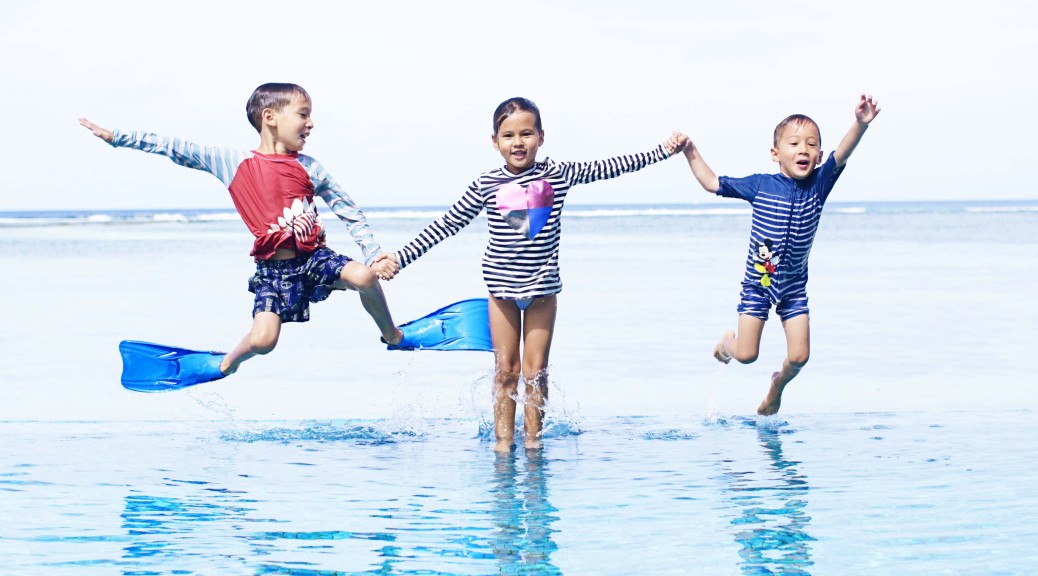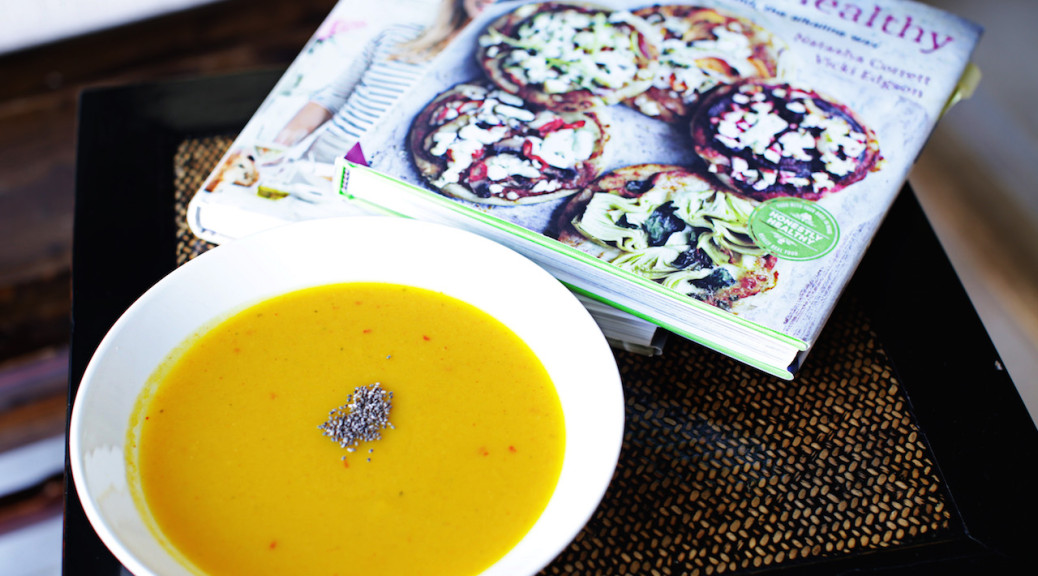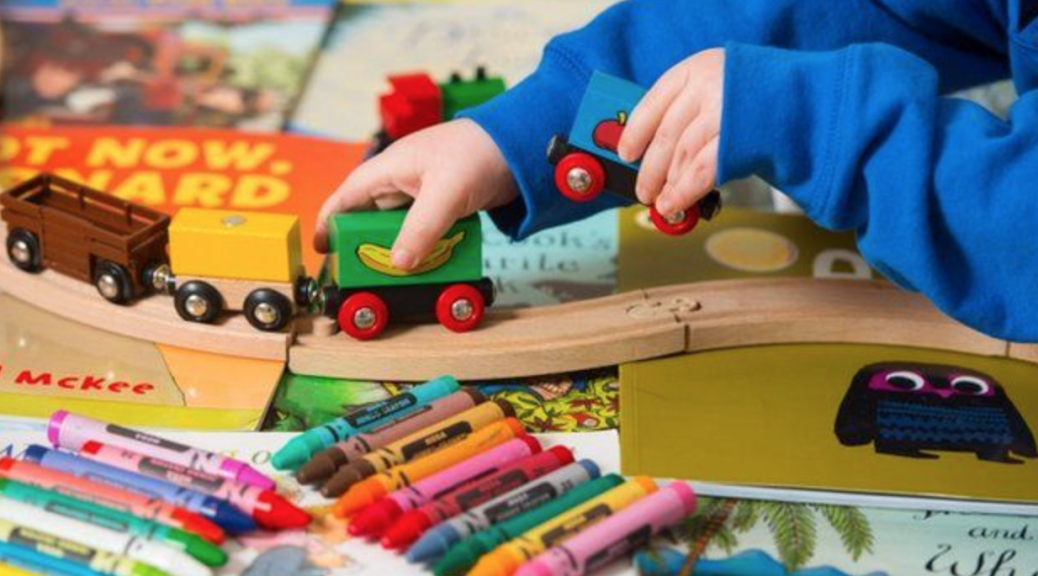The Maldives has always been on most travellers bucket list, and it is sometimes a struggle for parents who still delight in travelling to know what to do with young children on an enclosed island and some parents are intimidated at the prospect. The Residence Maldives is different – it gives the children a sense of adventure and fun alongside experienced staff and warm hospitality. It is located on Falhumaafushi, an island located on one of the largest atolls in the world. We stayed at the property for 5 days, and by the end of it we wanted to extend our stay. We will definitely be returning to this property next year when the resort expands to a second island connected by a bridge making it one of the largest hotel in the Maldives with a further 173 villas. There is much to do every day from diving to paddle boarding, to lazing around by the pool, to long luxurious massages. It is a long time since my family has felt this well rested. Also check out the special summer offer below, and Seashellsonthepalm’s special offer for readers.
The Hotel
The hotel is owned by the Cenizaro Group, a Singapore based company, and headed up by Gary Xie, a second generation hotelier, who was recently featured alongside his wife, Beverly Chin, in the most recent issue of Singapore’s Tatler Magazine. With a Singaporean at the helm of the company, I knew there would be some guaranteed standards including efficiency on the island as well as good food. More on our food experience…
We took the morning 4-hour flight from Dubai to Male. Our arrival to Male was easy enough, as we waited two hours in the lounge before taking a 1 hour flight to the closest island. The children were exhausted after the travel, but nevertheless, very excited to arrive to a 10-minute boat ride to the island. Staff were efficient, warm, and great with the children and our luggage had moved from Male to island with little or no effort on our part allowing us to focus on the children.
The island is long and narrow so crossing over the width is a stone’s throw away, whilst the length is a good 15 – 20 minute walk but long enough to require buggys in the rain.The main arrival jetty is next to the infinity pool where most families gather after breakfast every morning either for a swim or a stroll on the beach. The island’s sandy roads are beautifully manicured and well-kept in keeping with the paradise feel of the resort. The island also has its own house reef located at one end of their water villas, and reefs sharks and turtles can be commonly spotted along the shallow waters as well as colourful reef fish.
Island fashion is relaxed and casual so bring only a pair of wedges and a dress for women and long trousers and shirts for men for the occasional date night at Fulhumaa Restaurant. The guests at the hotel during our stay were a good mix from America, France, UK, Singapore, Taiwan, Hong Kong and China even in low season.
Rooms
We took a two bedroom beach villa with pool – we prefer this option to water villas because of the children’s safety plus our kids love to explore the sand for shells and crabs. The rooms are extremely clean, with simple white tiles floors and Bali-styled teak furniture, very practical for children with no delicate or breakable tables or furniture. Each room has a spacious bathroom with a large bathtub (on the water villas, this bathtub lays at the glass doors which can be opened for the perfect view), an indoor and outdoor shower which the kids enjoyed. The rooms are simple, but more importantly, the rooms are well taken care. The only way to describe the rooms is they are cleaned with ‘Singapore standards’ – a concept most people who have travelled to the Lion City would understand. My children had room service on a couple of evenings and often food and sand would be evident on the floors. During turn down service, the floors were back to their bright white colour and not a grain of sand could be found anywhere. Laundry is quick too, and clothes can be usually returned to your room within a day.
Kids Club
The property does have a cosy temporary Kids’ Club whilst the island awaits for the construction of the larger and more permanent Kids’ Club to be completed later on this year. The comfortable and clean converted room serves it purpose with tables for colouring and painting, board games and other toys. More importantly, The Residence Maldives, creates a Kids’ Club all over the island. The children’s daily activities are not restricted only to the Kids’ Club but they can range from crab hunting, baking cookies in the main pastry kitchen, BBQ with a professional chef, swimming activities at the main pool to make it fun for children of all ages. My eldest is thrilled that at age 7 is now an expert crab catcher, a brilliant experience and at least I know that he can catch fish and crabs so he won’t go hungry on any island.
Paid Activities – Diving, Snorkelling, Dolphin and Fishing
My husband has been training our older three children, aged 7, 5 and 3, the last couple of months prior to our trip to ensure that snorkelling techniques were being refined before embarking for the best snorkel of the children’s lives. We were so excited to take the children out to a large stunning reef that was only 10 minutes by boat. The children were over the moon as they spotted reef sharks, leopard sharks, turtles, and several Nemos, of course. Luca and Sofia, my elder two, still say today that ‘The best part about the hotel was the snorkelling and fishing.’
Also, surrounding the island are pods of dolphins, and it is possible to go out by boat to catch these incredible creatures who chase the boat to give you a spectacular show whilst they are hunting for their supper. The dolphins are not always guaranteed but we were lucky enough to catch hundreds of them as soon as we set out. Then, all by chance, whilst big-game fishing early in the morning we also caught sight of several more dolphins.
The diving is splendid as it one of the islands furthest south from the capital, Male, and it nests itself in one of the largest atolls in the world, The Gaafu Alifu Atoll. The international dive team is extremely experienced and is headed up by French/American Master Diver, Nicholas. He is cautious and safety is a priority for his team and guests. You do feel safe in their care. We saw leopard sharks, turtles, reef sharks and a family of eagle rays surfing though the channel. Great visibility and possibly one of the best places in the world to dive.
Weather
The risk of travelling in low season (May – October) is possible monsoon rain but it never rains for long in the Maldives without gorgeous burst of sunshine. Our risk paid off, and despite it being rainy season we had 5 glorious days of sunshine, and it only rained at night so I didn’t need my secret stash of children’s rainy day backup activities hidden in the suitcases.
Pricing
Often, price and budget has also stopped many families from taking holidays in the Maldives. At many other five-star properties, paid activities are often unaffordable, like a fishing trip on other properties can cost up to USD1,000 whereas at the The Residence works out at USD300 an hour. Most five-star Maldives properties today are still very expensive and each day including activities and food can cost a further USD800-USD1000 a day. The Residence Maldives has priced itself affordably which wins them most clientele to date. Even, a massage at the spa only costs just over USD120 for 50 minutes, making you more willing to spend knowing it is value for money. For more information on the Spa by Clarins, click here.
Our family has been blessed to try out several other Maldives properties but as a family this is the one that we will come back to.
To read more about dining options and the delicious Asian delicacies available click here.
To read about our spa experience click here.
Summer Island Savings with Seashellsonthepalm. The Residence Maldives is offering 50% off Best Available Rates, complimentary room upgrades and USD 100 resort credit per day.
Exclusively for Seashellsonthepalm.com, The Residence Maldives will offer an additional 5% discount on Best Available Rates (Total 55% off BAR Rates), along with the room upgrade and USD 100 resort credit.
Quote “EBO 5%/SeaShellsOnThePalm” and send enquiries to sales-maldives@theresidence.com




